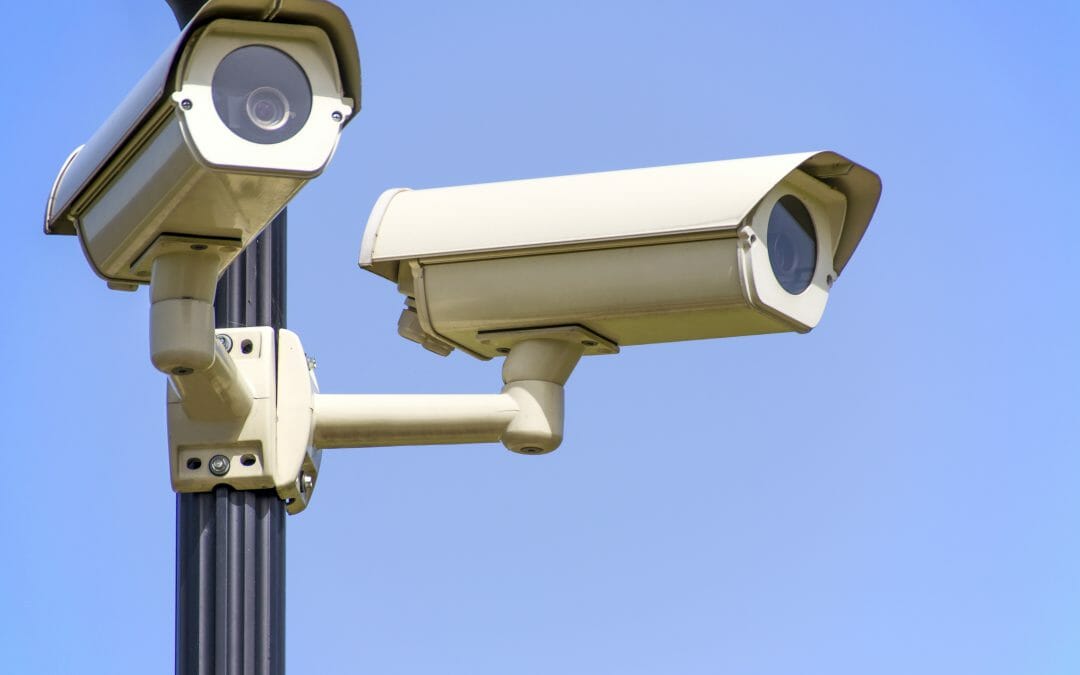Security cameras are no longer the big old clunky things that you see pointing at you when you are getting some cash from the bank, who goes to the bank these days anyway? They are small, hi-def, clever and also affordable units.
Network (or IP) based cameras can be easily integrated into your existing home or office network, which removes a huge cost of having to install coax cable into a building where the cameras are needed.
Once you have a network camera getting access to it from anywhere via an internet connection is also easy, a smart phone can easily be connected and display what is happening. You can also link the camera into your website
Cameras are not just for companies wanting to protect their hordes of gold, you can keep an eye on your back yard if you are away for the weekend, or make sure the kids don’t try and feed the cat to the neighbour’s dog while you are inside the house
Cameras can be configured to alert you when certain conditions occur, eg. an certain amount of movement in the field of view. The can even email you snapshot of the image. And of course, they can record all the movement – this can be to a regular PC or even a service like Dropbox. Some cameras can even have pan and tilt controls so from afar you can change where the camera is looking. Pretty nifty.
KING STREET LIVE PROJECT
Recently we completed a project for King Street Live to provide cameras at their new music venue. These serve a number of purposes – primarily those working at the bar are able to keep an eye as to what is happening at the entrance and the garden bar with only having to turn their head. Security at the door are able to keep an eye as to what is happening inside and out the back via the smartphones
In addition these cameras record all motion so in the unlikely event of an issue camera footage is available to verify the events that happened.
And lastly, these are providing additional security measures when the venue is empty
Some things to consider…
- Power – most cameras will support power-over-ethernet, which is great as it means all you need is one piece of cable to do everything, the cheaper cameras don’t support this so it means you will need power where you plan to locate the camera
- Image quality – do you need high-def ? do you need night vision? Many low end cameras wont handle high-contrast very well, so for example a sunny day but with areas in shade. Remember there’s no point having a camera if the image quality doesn’t deliver what you need.
- Bandwidth – the more cameras you have the more bandwidth you will use. This isn’t normally a problem unless you have lots of cameras, but something to be aware of if you are wanting to keep an eye on lots of cameras from a remote location.
Some Do’s and Don’ts
- Do talk to experts like Tech Solutions to ensure you get the right advice before you start
- Don’t make all your decisions based on cost – a poor quality image isn’t going to be any good
- Do consider where & who will require to access the camera footage
- Don’t get too complicated – have a clear objective in mind at the start
- Do make sure the system is scalable – if or when you want to make changes you shouldn’t have to start again
So if you’re in need of security systems, or even just some friendly advice, get in touch with us.
To discuss how Tech Solutions can help your business call us on 0800 878 878

